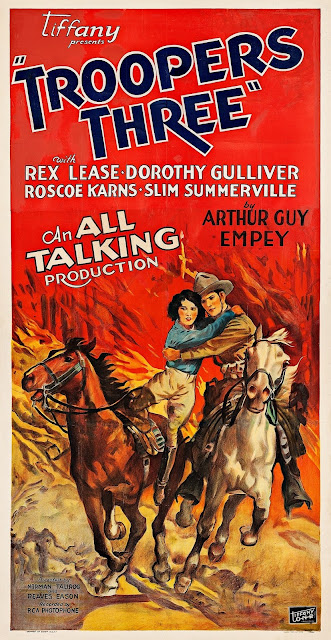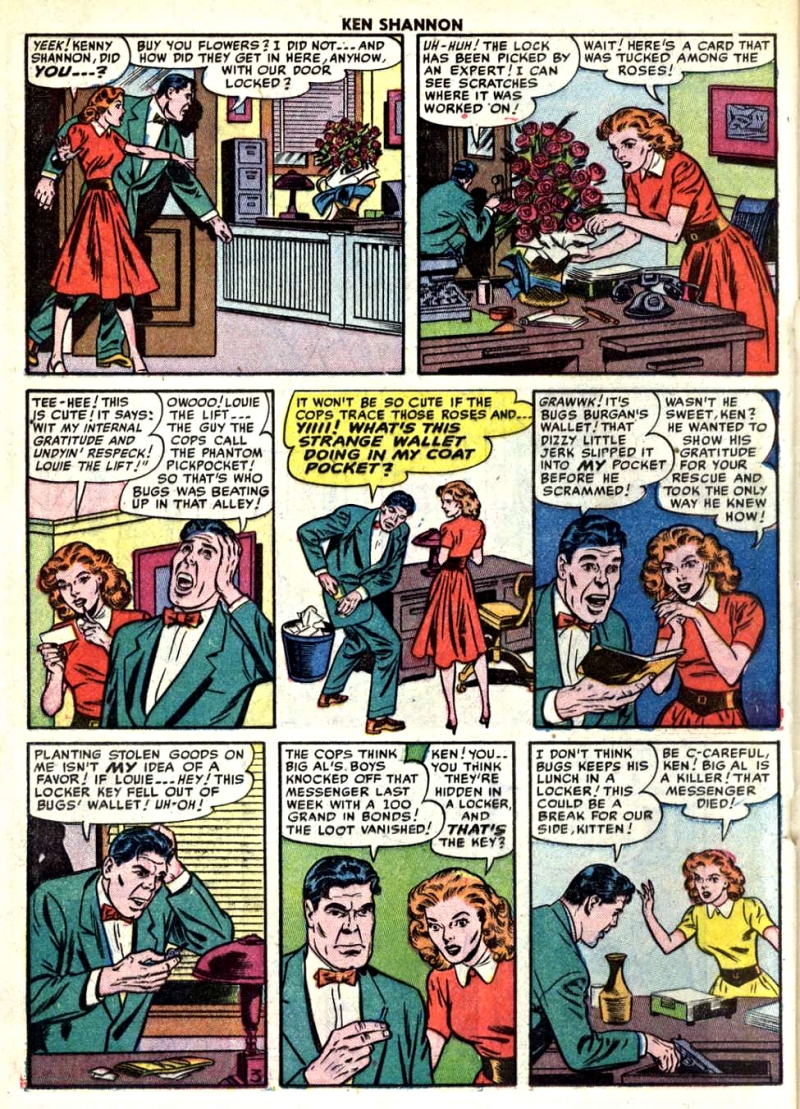Our 1994 BBC dramatization continues. X-9 was born when William Randolph Hearst wanted a strip to rival Dick Tracy, and chose Hammett to create it. Hammett then reportedly raked in $500 a week to script it. Since his scripts averaged less than 500 words a week, that was a mighty good rate!
Tomorrow: Episode 3 "The Powers That Be"
















































